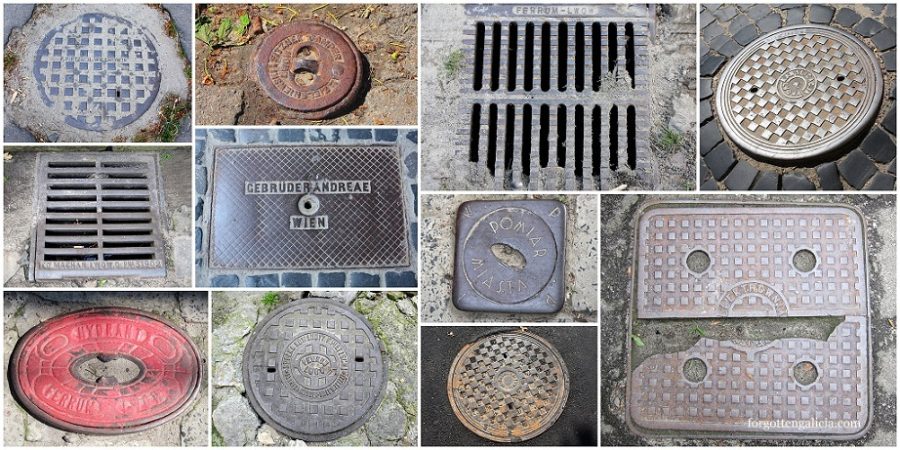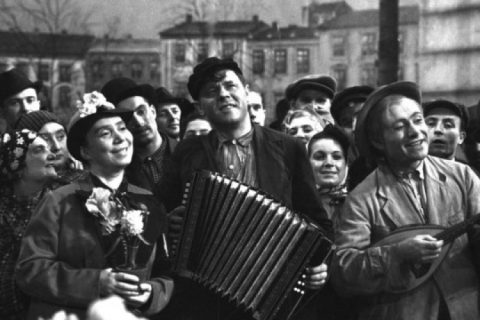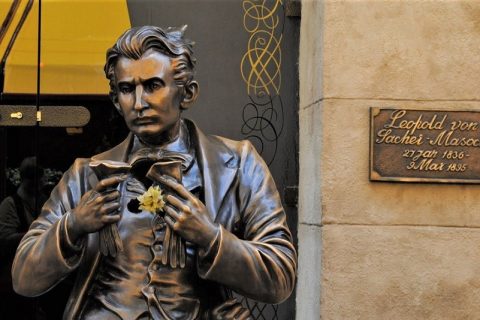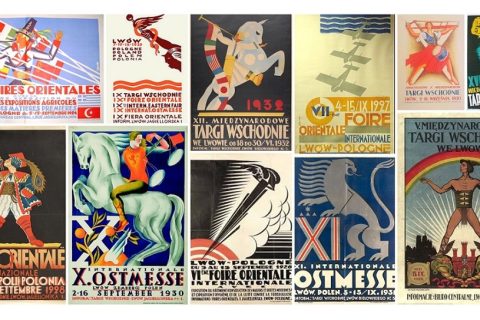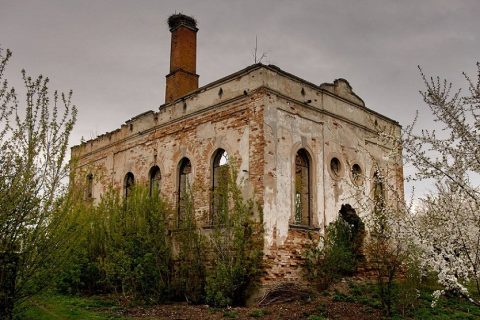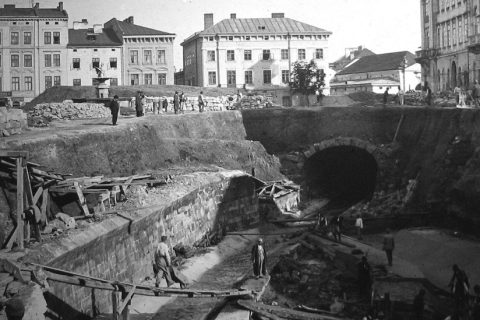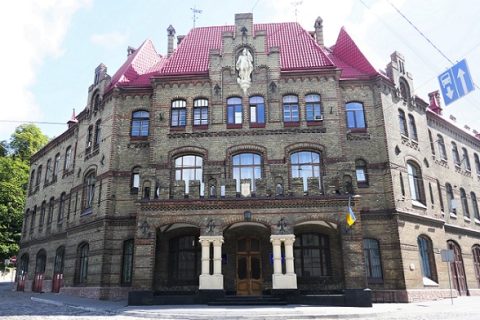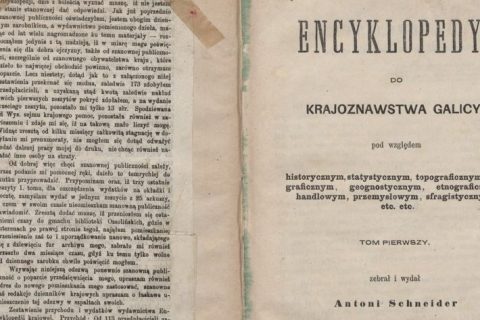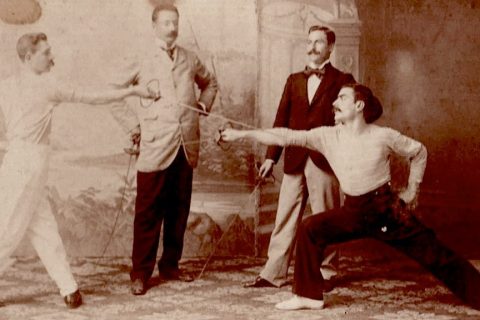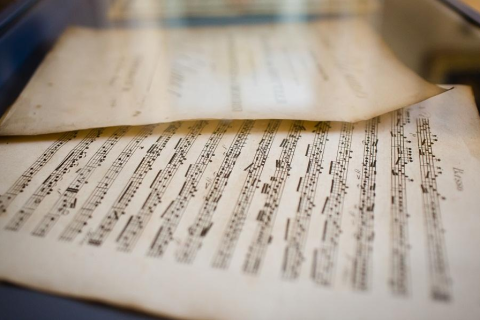Lost in a Sea of Cobblestones: Lviv’s Historical Manhole Covers & Storm Drains
To find traces of Lviv’s prewar past, one must not forget to look down from time to time. Indeed, below our feet are hiding hundreds of manhole and utility covers, which have been serving the city’s infrastructure since before the war. These Austrian- and Polish-era cast iron plates cover buried […]
Read More
